Species Photo Gallery for Stictocephala taurina No Common Name 30 |
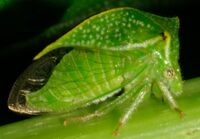 | Photo by: Scott Bolick
Watauga Co.
Comment: |  | Photo by: Scott Bolick
Watauga Co.
Comment: |
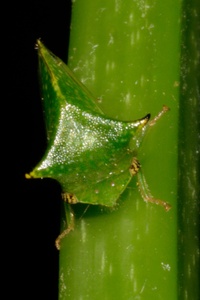 | Photo by: Scott Bolick
Watauga Co.
Comment: | 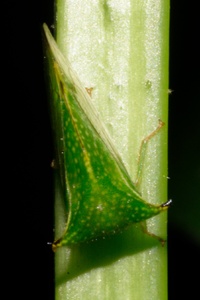 | Photo by: Scott Bolick
Watauga Co.
Comment: |
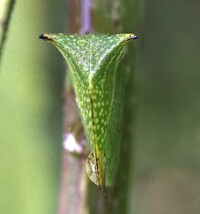 | Photo by: Ted Wilcox
Watauga Co.
Comment: unid_treehopper | 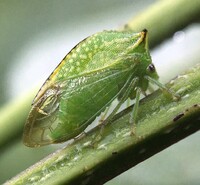 | Photo by: Ted Wilcox
Watauga Co.
Comment: unid_treehopper |
 | Photo by: Ted Wilcox
Watauga Co.
Comment: | 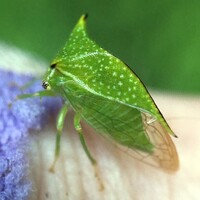 | Photo by: Ted Wilcox
Watauga Co.
Comment: |
 | Photo by: Ted Wilcox
Watauga Co.
Comment: |  | Photo by: Ted Wilcox
Watauga Co.
Comment: |
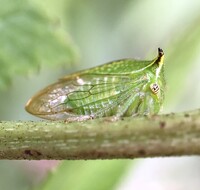 | Photo by: Ted Wilcox
Watauga Co.
Comment: |  | Photo by: Ted Wilcox
Watauga Co.
Comment: |
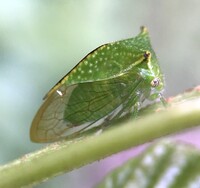 | Photo by: Ted Wilcox
Watauga Co.
Comment: | 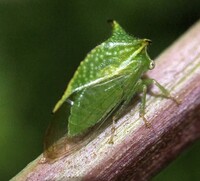 | Photo by: Ted Wilcox
Avery Co.
Comment: unid_treehopper |
 | Photo by: Ted Wilcox
Avery Co.
Comment: unid_treehopper |  | Photo by: Ted Wilcox
Avery Co.
Comment: unid_treehopper |
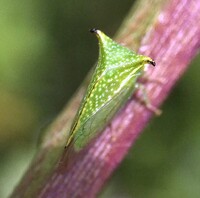 | Photo by: Ted Wilcox
Avery Co.
Comment: unid_treehopper | 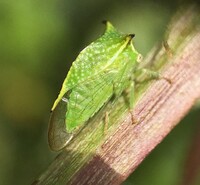 | Photo by: Ted Wilcox
Avery Co.
Comment: unid_treehopper |
 | Photo by: Ted Wilcox
Avery Co.
Comment: unid_treehopper | 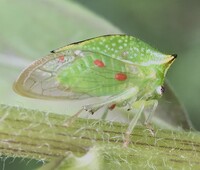 | Photo by: Ted Wilcox
Avery Co.
Comment: unid_treehopper |
 | Photo by: Ted Wilcox
Avery Co.
Comment: unid_treehopper |  | Photo by: Ken Kneidel
Yancey Co.
Comment: edge of lush forest at foothills of Black Mountains with small lawn and meadow nearby; TENTATIVE ID |
 | Photo by: Ken Childs
Out Of State Co.
Comment: | 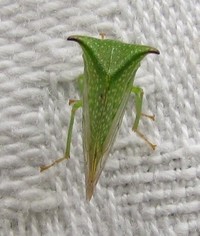 | Photo by: Ken Kneidel
Yancey Co.
Comment: edge of lush forest at foothills of Black Mountains with small lawn and meadow nearby |
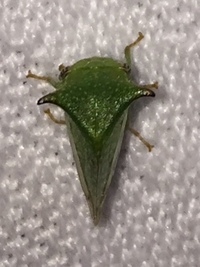 | Photo by: Ken Kneidel
Yancey Co.
Comment: edge of lush forest at foothills of Black Mountains with small lawn and meadow nearby | 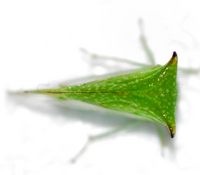 | Photo by: Kyle Kittelberger
Out Of State Co.
Comment: |
 | Photo by: Kyle Kittelberger
Out Of State Co.
Comment: | 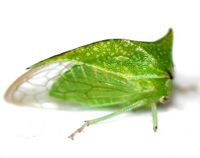 | Photo by: Kyle Kittelberger
Out Of State Co.
Comment: |
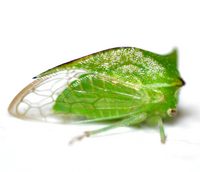 | Photo by: Kyle Kittelberger
Out Of State Co.
Comment: |  | Photo by: Kyle Kittelberger
Out Of State Co.
Comment: |
|

 »
»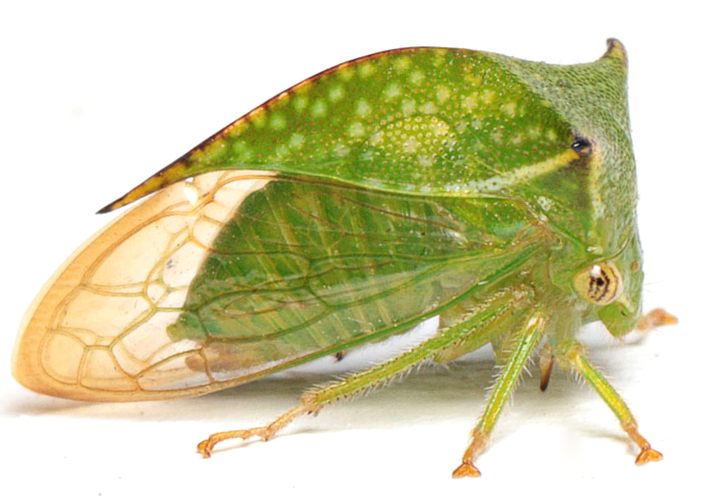


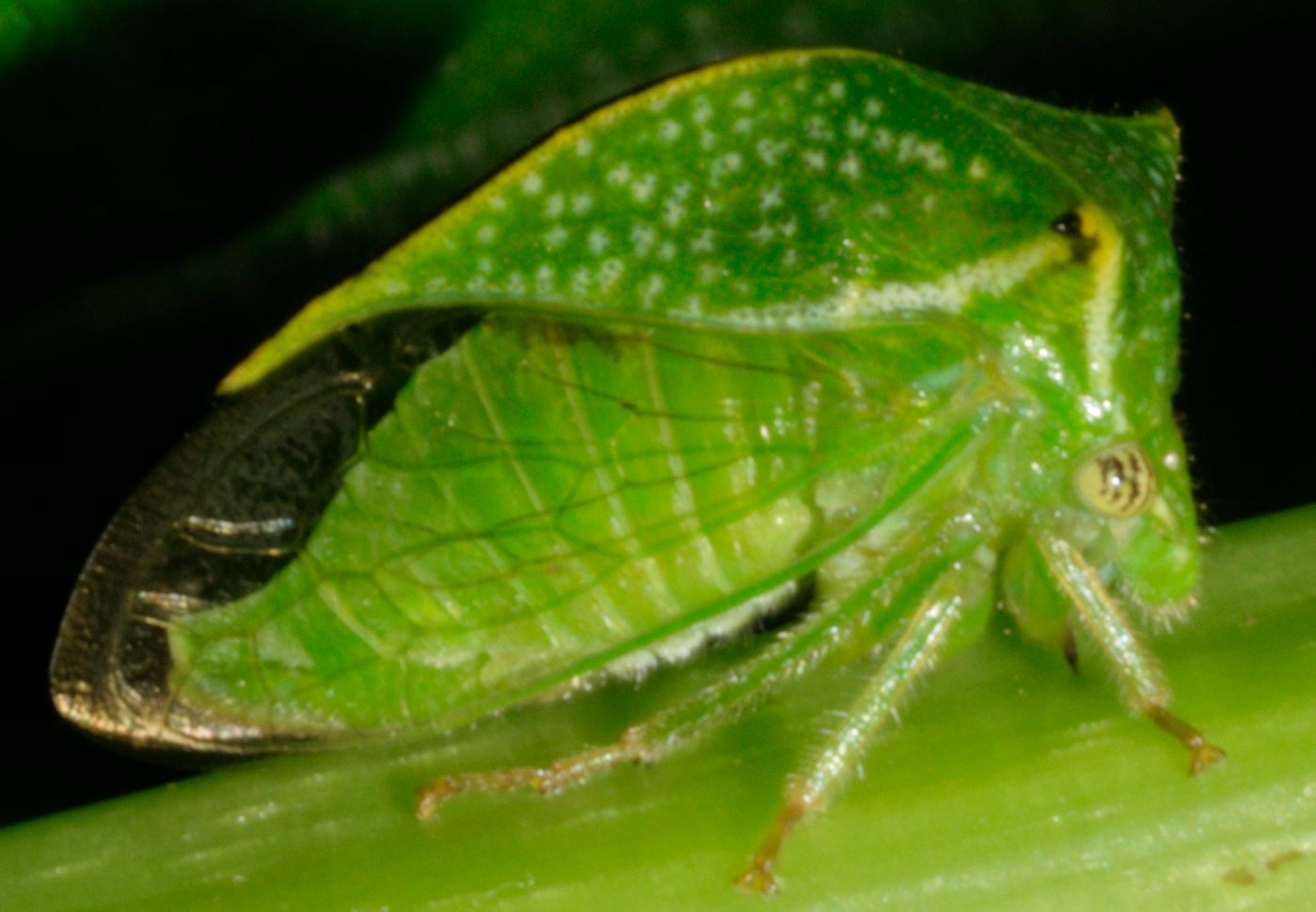

 »
»


